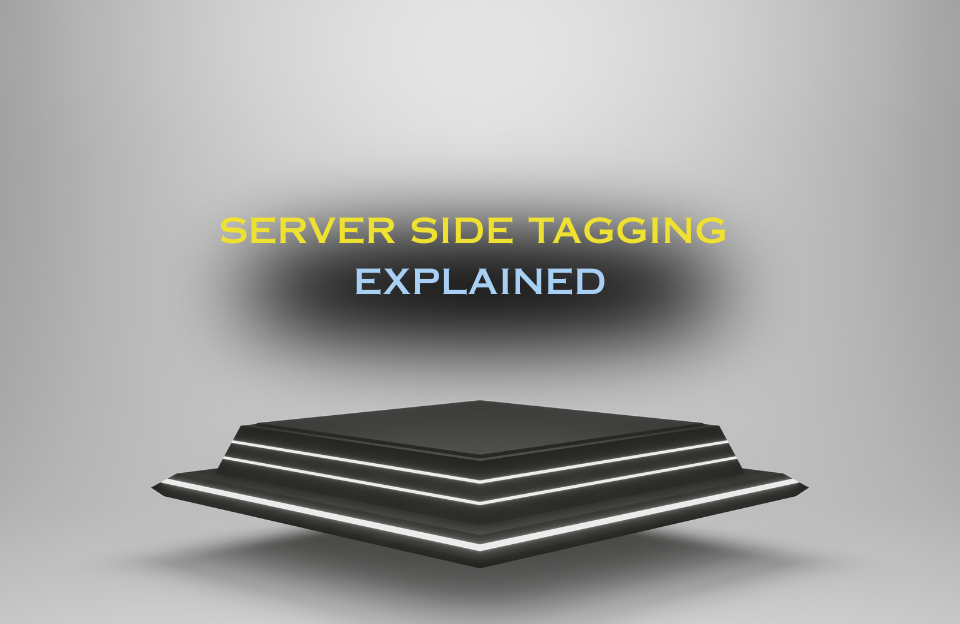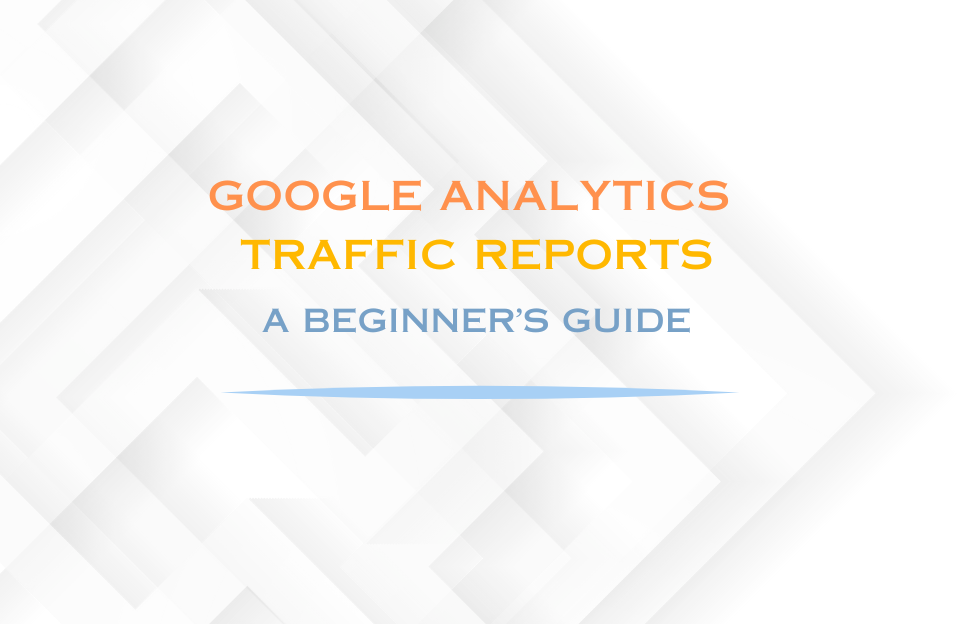Email marketing is a strategy where businesses send targeted messages to subscribers to inform, educate, or convert. Done well, it is measurable, privacy-aware and one of the most cost-efficient channels to build long-term customer relationships. For a deeper dive, see our comprehensive guide to email marketing.
Why Is Email Marketing Important?
Email marketing remains an owned, high-ROI channel with predictable reach. The points below explain where its value comes from.
- High return: You own the channel and avoid pay-per-click costs for each impression.
- Direct access: Messages land in the inbox, not on an algorithmic timeline.
- Personalization: Use data and preferences to tailor content for each segment.
- Automation: Always-on flows handle welcomes, reminders and reactivations at scale.
- Measurable: Track clicks, conversions and list health to improve over time.
How Does Email Marketing Work?
At a high level, email marketing follows a simple loop: capture consent, segment, send and improve. The steps below outline that workflow.
- Build a consent-based list: Use clear opt-ins on landing pages, blog posts and checkout.
- Segment your list: Group by lifecycle stage, interests, location or past behavior.
- Create valuable emails: Send content, offers and stories that help the reader act.
- Design and automate: Use an email marketing platform to style, schedule and trigger sends.
- Analyze and iterate: Test subject lines, CTAs and send times. Keep what works, drop what does not.
Types of Email Campaigns
Most programs blend evergreen automations with one-off newsletter emails and promotions. The main campaign types are listed below.
- Newsletter emails: Regular updates with articles, product news or tips.
- Promotions: Time-bound offers, launches or seasonal sales.
- Welcome sequences: A short series that introduces your brand and first offer.
- Abandoned cart: Reminders with incentives to complete a purchase.
- Re-engagement: Win back inactive subscribers with a concise check-in.
- Transactional: Order confirmation, shipping updates and invoices.
Choosing an Email Marketing Platform (Software)
Your email marketing platform or software powers templates, segmentation, automation and reporting. Use the criteria below to choose a tool that fits your stack and growth stage.
- Integrations: Native sync with your CMS, CRM, e-commerce and analytics.
- Automation depth: Visual workflows, triggers, branching and goals.
- Data model: Support for events, custom fields and product feeds.
- Deliverability tools: Domain authentication (SPF, DKIM, DMARC) and list hygiene.
- Pricing: Contacts-based vs send-based plans and fair overage rules.
Popular options include Mailchimp, ActiveCampaign, Klaviyo, ConvertKit and MailerLite. Match the tool to your stack and stage rather than brand name alone.
Email Automation: Triggers, Flows and Examples
Email automation delivers the right message at the right time through triggers and workflows. Start with the high-impact flows below before adding complexity.
Common triggers
- Signup or first purchase
- Product view or category interest
- Abandoned cart or checkout
- Inactivity for X days
- Lifecycle milestones such as birthday or subscription renewal
High-impact flows
- Welcome series: 2–4 emails to deliver value, set expectations and present a first offer.
- Post-purchase: Care tips, how-to content and a cross-sell when relevant.
- Reactivation: A short check-in with a clear preference update or pause option.
- Abandoned cart recovery: Targeted reminders to complete checkout.
Email and SMS: When to Combine
Combining email marketing with SMS increases reach and timeliness. Use SMS for urgent alerts (delivery, restock, event reminders) and email for richer content. Collect consent separately, set quiet hours and keep messages short.
B2B vs B2C Email Marketing
B2B and B2C email marketing share fundamentals but differ in cadence, content and buying dynamics. Key differences are outlined below.
B2B email marketing: education, problem-solving and multi-stakeholder buying. Cadence is slower, with gated assets and nurturing over weeks.
B2C email marketing: faster and more promotional, driven by launches, seasonality and post-purchase care. Cadence is higher, guided by engagement signals.
Key Email Marketing Metrics
Measure beyond opens. Prioritize clicks, conversions and list health to guide decisions. Track the following core metrics.
- Click-through rate (CTR): Proxy for topic relevance and CTA clarity.
- Conversion rate: Percentage of readers who complete the desired action.
- List growth rate: New subscribers minus unsubscribes and bounces.
- Bounce rate: Hard vs soft bounces to monitor data quality.
- Spam complaint rate: Keep well below 0.1% to protect deliverability.
- Revenue per email (if applicable): Useful for e-commerce benchmarking.
Interpret open rate with care due to privacy features in modern email clients.
Deliverability Essentials
Strong deliverability keeps messages in the inbox and out of spam. Prioritize the practices below before you scale volume.
- Authenticate your domain: Set up SPF, DKIM and DMARC before scaling.
- Warm up gradually: Increase volume over time on new domains or IPs.
- List hygiene: Remove hard bounces, suppress chronic non-openers and honor unsubscribes immediately.
- Sending identity: Use a recognizable from-name and consistent reply-to address.
- Content quality: Plain-language copy, balanced text-to-image, descriptive alt text and accessible design.
Best Practices
These best practices improve relevance, accessibility and compliance. Use them as defaults for every campaign.
- Use double opt-in and clear consent language.
- Design for mobile and accessibility: readable fonts, sufficient contrast and logical heading order.
- Write specific subject lines and preheaders that set accurate expectations.
- Personalize with first-party data, not guesswork.
- Run structured A/B tests on subject line, CTA and timing. Test one change at a time.
- Respect frequency: adjust cadence based on engagement and offer a pause option.
Common Mistakes to Avoid
Avoid the pitfalls below; they hurt engagement, deliverability and compliance.
- Buying lists or emailing without permission.
- Ignoring segmentation and sending one message to all subscribers.
- Over-reliance on open rate as a success metric.
- Neglecting domain authentication and list hygiene.
- Forgetting mobile optimization and alt text.
Legal and Compliance
Email marketing requires explicit consent and clear choices. Use this checklist to align with GDPR and CAN-SPAM.
- Consent first: Use explicit opt-ins, avoid pre-checked boxes and log consent.
- Identify the sender: Include a physical address and a working unsubscribe link in every campaign.
- Data handling: Keep a clear privacy notice and minimize what you store.
Email Marketing Examples
Use the outlines below as starting points and adapt the copy and calls to action to your audience.
Welcome email outline
- Subject: Thanks for joining — here is what to expect
- Body: Short intro, top 3 resources, first-purchase incentive if relevant
- CTA: Start with this guide
Abandoned cart email outline
- Subject: You left this behind
- Body: Product image, key benefits, simple return policy
- CTA: Complete your order
B2B nurture email outline
- Subject: Solving problem X in industry Y
- Body: Insight, short case example, invite to download a checklist
- CTA: Get the checklist
Conclusion
Email remains a reliable, owned channel for acquisition and retention. Choose the right platform, build consent-based lists, automate key journeys and maintain deliverability. Measure what matters and iterate with small, steady tests. For more depth, explore our complete email marketing guide and our playbooks for welcome flows, abandoned cart emails, birthday campaigns and re-engagement campaigns.




